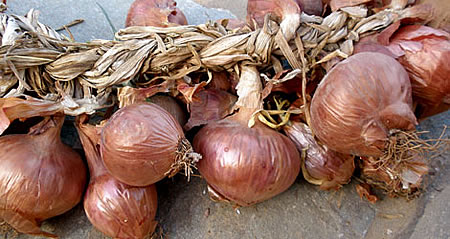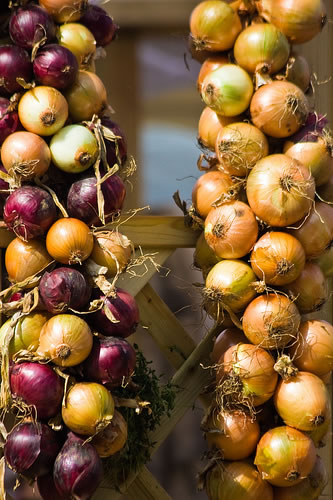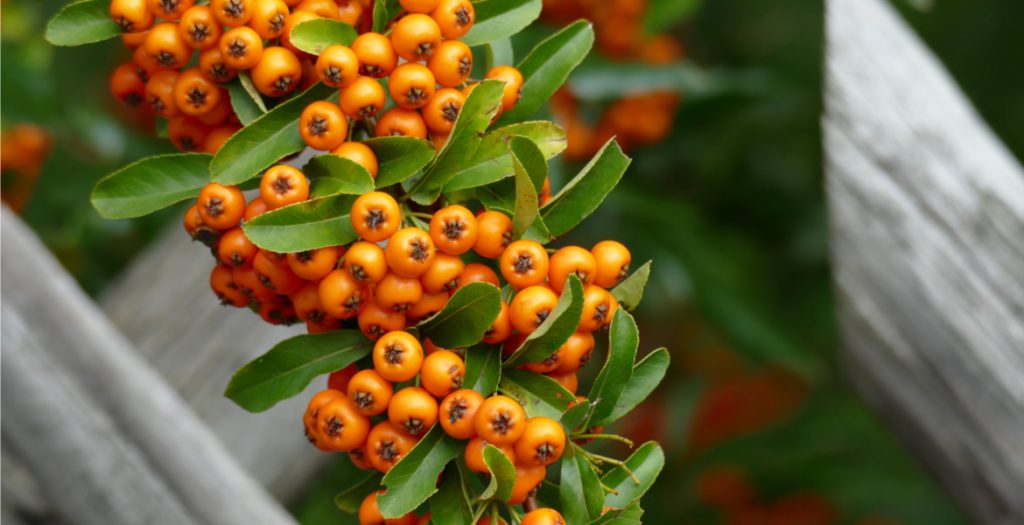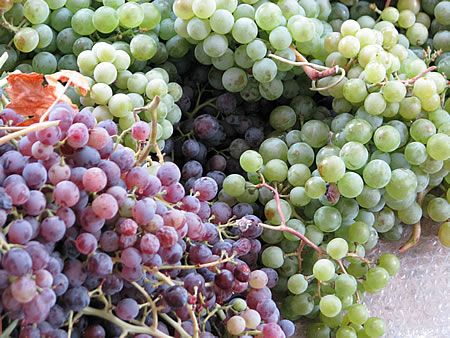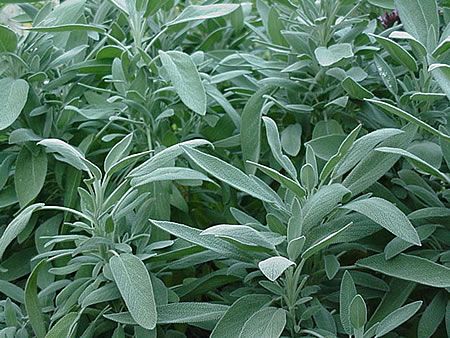This text on the harvesting and preservation of dry onions was sent to me by Mr. Vassilis Yachalis, an experienced onion grower.
I thank him very much for the information and advices he gives us.
When to harvest the onions
Onions are harvested (to keep it dry) after the leaves have withered and wilted. This happens seasonally after the end of June. In the past, the villagers used to wait until this stage of ripeness, before the onions were completely dry, so that they would have stems available to make the braids afterwards.
If you prolong the time to take it out, then the stem of its leaves, the stem, will be toasted and knitting is more difficult. However, what is of particular importance for its preservation is draining it before taking it out and drying it before knitting or storing it:
As for the former, “to “pull” before taking it off”, he says.
An example from potatoes – What the amateur grower does, what the professional grower does
In order to make the meaning of this more clear, I will mention the practice followed by the peasants, or followed by the producers, in the most similar bulbous crop, the potato.
The peasants, and especially in the old days, kept the potato that was harvested in June until April. It would sprout, but it didn’t rot, and it didn’t raisin significantly. Spring potato growers expect to sell their potatoes in a month and a half at the most. This is not only because other later areas will follow with fresher ones, but above all because after the second month the sprouts will exceed half their value because, as they say, ‘they do not last’.
How does this happen?
Simply, those who are interested in domestic use, gradually reduce the quantitative watering to the ripening and 7-10 days before they take it out, do not water it at all, or only a little and superficially, so that the heat does not bore it deeply. Thus, the bulbs are drier, or as they say, “to draw out” its liquids.
The producers, for the market do the opposite. While they too leave it 7-10 days dry, the day before harvest they water it well and take it out the next day. The potatoes, after drying, drink a lot of water, are much juicier and softer (as consumers want them to be!) and… heavier! So, the latter, after a while, if they do not spoil, they will turn to raisins.
This is the same logic that should guide onion practice:
What to do/check before harvesting the onions
About a month or so before you take it out, you should stop watering it. Water it (and do so in moderation) only as long as the leaf and bulb were growing. Gradually you have reduced the amount of water to the point of complete withdrawal. The onion is not hydrophilic, lest it be heated by the heat in the dehydration.
It should be noted that the fluffiness of the onion is a characteristic of the variety and not of the watering. Water is needed by some commercial varieties, especially those with finer, tighter belts, to make them look juicier, and by those that are fertilized. Similar characteristics can also be seen in their pale leaves under the same growing conditions.
In practice, however, and on this point too, the problem with onions lies elsewhere:
Onions (mainly from crocus) are not all synchronized to the same degree of growth/ripening. Some ripen earlier and start to bend their leaves, while others continue to grow. If the watering during this phase is general, or if it is wet enough, then the ‘mature’ plants revive again and shed new leaves, creating another cycle towards maturity. These bulbs in particular are very prone to rot if they do not dry out very well. If you take onions out early, just as soon as their leaves begin to break, their bulbs will last longer than those that have been wilted.
The reason is simple and you can easily see what happens to a bulb you planted a short time ago. As the plant is oriented to develop its stem – its leaves, the flesh around this stem “rots”.
Therefore, when you pull out the onion, plants with such symptoms are left to roast in the ground. They don’t suffer anything while they are in the ground, (you just look for them afterwards to find them.) A practical solution is to let them all dry out, drain them well, and then take them out, slowly.
I clarify and repeat, here, that the dry – anchovy onion that you have put in a place not soft, (it may be wounded as it opens up the ground to grow) and new, you will take it out when the leaves “turn”. You cannot prolong this.
When pulling out, if the bulbs are not superficial enough to be easily removed by hand, then, with a pitchfork, strike broadly from the root and lift the soil with the bulb. Do not knock the bulb by pressing the soil.
In many cases, depending on the structure of the soil and the watering, the bulbs in their development push and open up the soil to the extent of deforming it. Deformation is not even a problem. The possible problem here is that the bulb is ‘squeezed’ by the pressure exerted on the soil during digging.
Some inventive people, 1-1.5 months before they take it out, wet the soil around the root with a hose to empty it – to weaken the soil around the head as much as possible. I do not know whether this is advantageous, but its application also requires a similar soil and position.
Drying after taking off and before knitting-storage
Onion braids.
As a second requirement, drying after pulling and before knitting – storage:
The bulbs are extracted from their position on the ground and subjected to a shock. If you store it immediately it will spoil. At the time of extraction, the weather prospects are favorable (dry, warm weather and wind) and the bulbs are left in place for 4 to 7 days (with the stem upwards).
Then collect it and transfer it to a more shady, dry and ventilated place and spread it out (e.g. on pallets, stem upwards) for several days to dry thoroughly. When it is to be washed, dampen the stems a little so that they do not crumble.
The choice of the trellis or the shade of the tree is not the best for drying the onion, which needs air and a dry climate. The tree itself can maintain an environment of relative humidity that is not so dry. Prefer a north dry place, where the sun beats down on it for a while in the morning and then the short-summer sun will have dust and wind. Even when you have knitted it, and as long as the weather permits, hang it on a northern wall-barrier. Losses will thus be minimal, approx. 5%. From then on, depending on the humidity, the place of storage and the time of year when the seed awakens and tends to germinate, … there … I do not recommend any recipe but only the immediate consumption of those bulbs which show the first signs of germination.
Other things to know about onion harvesting/storage
Onions should be picked in the afternoon and in good weather when dry, not wet. It is best if a few dry days have already elapsed. If we have not caught up with the rain in August-September, then it is obligatory to wait 3-4 days after the rain before spinning.
My personal assessment is that: as long as the onion has been watered smoothly in its growth, and if you leave it and take it out in September, … it is safer. If it dries out well, it will have fewer losses and delay germination.
Bulbs with a thinner stem than the head, and/or those with a rounded to flattened head, are more resistant to keeping. However, some varieties that are oval in shape (with a more reddish skin, flesh is all white and soft), with thick stems (and thick bands), although more delicate, are much tastier.
When extracting and harvesting, be careful not to pluck the outer thin, dry skin and not to expose the inner, living skin to the light.
Harvesting onions and the moon
With regard to the moon, what is recommended by the ‘experts on this subject’ is: on a waning moon, and/or on earth-riser days. Approximately, this occurs in late June-early July in the 1st quarter, for late July-early August before the 1st quarter, (although peasants avoid such work in the first 6 days of August) and in September around the New Moon.
Alternatively, at the waning of the moon, and specifically in the middle of the last quarter in July and as we move towards August-September, 1-2 days earlier towards and up to the 3rd quarter.
Avoid, however, the days of the full moon and those of the perigee (if nothing else, increased humidity is expected on those days).
You can also consult relevant calendars.
Tags: CULTIVATE • CULTIVATION • HARVESTING • INSTRUCTIONS • ONION • ONIONS • PRESERVE • STORAGE

